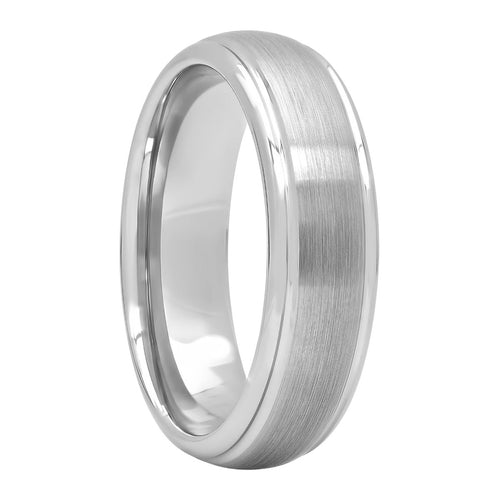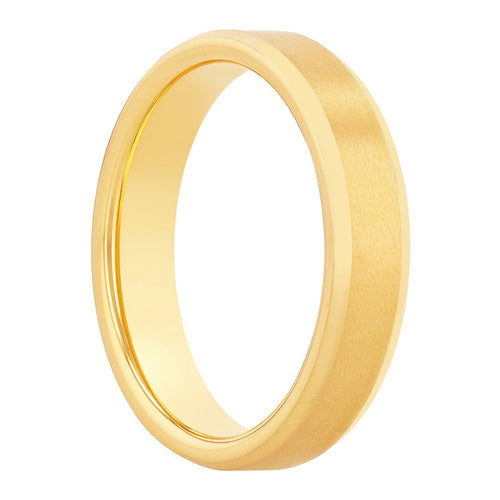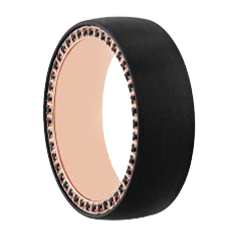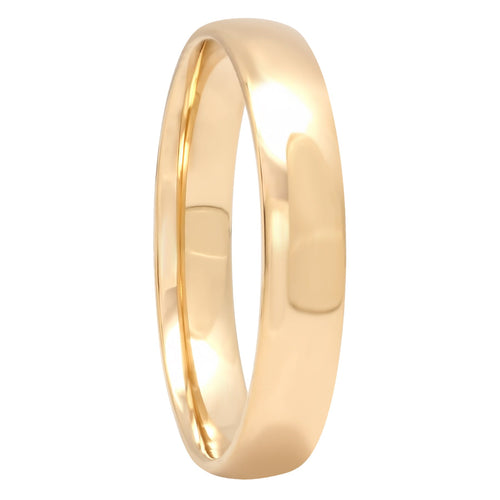
Top 10 Wedding Traditions and Where They Came From
Modern weddings are fairly formulaic…put on the white dress, walk down the aisle, stand with the wedding party to tie the knot, then head to the reception, toss the bouquet, and jet off to the honeymoon. This is all standard fare in the wedding world, but have you ever wondered why we do these things?Jordan Jackdid some digging to find the origins of some of the most common wedding traditions and phrases…and we have some surprising things to share.
As it turns out, weddings weren’t always the bliss-filled stuff of fairy tales. While today’s weddings conjure fantasies of beautiful princesses and knights on white horses, our wedding traditions are steeped in a past full of evil spirits, plagues, and kidnapped brides. Romantic, isn’t it?
Let’s dive right in with our list of the top 10 wedding traditions and phrases and where they came from:
1. Why Do We Wear Engagement and Wedding Rings?
The exact origins of engagement and wedding rings is unclear, but there is evidence that rings made of various materials were used to symbolize an engagement or marriage all the way back to caveman times. Back then, ropes or cords of braided grass were tied around the mate’s wrists or ankles in an effort to harness her spirit and bring it under his control.
Ancient Egyptians took a more romantic bent to the whole ring thing. For them, the circle of a ring represented no beginning and no end and the open space in the middle symbolized a gateway, perhaps to love and happiness.
The Greeks similarly utilized rings in a romantic fashion, giving them to lovers to represent their devotion.
In ancient Rome women wore rings to symbolize their ownership of the household - and their husbands’ ownership of them.
Nowadays, a ring symbolizes eternity and love and all things romantic.Jordan Jackhas a gorgeous selection of modern and traditional bands to fit any style and budget, made ofunique materialsand crafted with the highest attention to detail and craftsmanship.
2. Why Do Brides Wear a White Wedding Dress?
The white wedding dress is a fairly new wedding tradition. Before the ubiquitous white dress became de rigueur, bridal gowns were all colors of the rainbow, with intricate details of fine thread and trims of fur and brocade. White gowns were considered too luxurious, too hard to maintain, and too impractical for all but the wealthiest of brides.
Although Queen Victoria wasn’t the first royal to wear a white gown when she married Prince Albert in 1840, her wedding was so highly publicized and drew so much public interest that it sparked a trend of white wedding gowns that endures today.
3. Why Do Brides Carry a Bridal Bouquet?
That lovely bunch of flowers the bride carries in a modern wedding wasn’t always so lovely. Various accounts tell of bridal bouquets that were made of garlic and pungent herbs during times of plague to ward off illness.
Before the advent of deodorant, it makes sense that people smelled a little…funky. Bouquets of fragrant flowers and herbs could help mitigate the body odor that undoubtedly existed.
Wedding bouquets were also carried to ward off evil spirits. Thought to have magical powers, the wedding bouquet was believed to keep evil at bay.
4. How Did Walking Down the Aisle Start?
Another tradition that heralds back to the times of brides as owned property, the bride’s walk down the aisle with her father likely served two purposes. The first was to transfer the bride’s ownership from her father to her new husband, the second was as a deterrent to keep the groom from running away. Marriage carried great financial responsibility and it seems that some grooms got cold feet as the bride approached. The presence of her father may have kept the groom accountable and in place for the ceremony despite any potential last-minute change of heart.
5. Who Was the First to Have Bridesmaids?
In today’s world, bridesmaids wear dresses that are different from the bride’s gown so as not to compete with or outshine her. But in Roman times bridesmaids dressed the same as the bride to serve as decoys so that evil spirits would be confused and wouldn’t know which woman to attack. The bride could then make it to the alter without being cursed and the couple could marry without threat.
6. What Started the Best Man Tradition?
Today’s best man is likely “best” because he’s the groom’s best friend. Centuries ago, however, the best man needed to be the best swordsman for one of several possible reasons.
Arranged marriages were pretty standard, but sometimes one or both parties were unhappy with the deal. It was not uncommon for a groom to kidnap his bride and it was the best man’s duty to help the groom in this task and to stand at the alter beside the bride to fend off any potential attackers who came to take her back.
In some towns where men outnumbered women, brides were in short supply and men resorted to kidnapping women from neighboring villages. The best man and groomsmen were enlisted to help in the kidnapping and to guard the bride until the ceremony was all said and done.
7. Where Did Tying the Knot/Getting Hitched Originate?
“Tying the knot” refers to the ancient practice of handfasting, observed in many cultures, where a couple’s hands are tied together with rope, cord, or ribbon to signify their bond.
“Getting hitched” came from early American settlers, who likened getting married to tying horses to a wagon.
8. When Did Carrying the Bride Over the Threshold Become Popular?
A couple of theories persist about this tradition. One says that the bride is carried over the threshold to keep those pesky evil spirits from invading the home through her feet as she enters with the groom.
Another theory states that the bride couldn’t be perceived as too eager to leave her father’s home, so the groom carried her in as if it wasn’t her choice.
Kidnapped brides understandably wouldn’t often go willingly into the groom’s home, so it was common in those cases for the groom to pick her up and force her in.
9. How Did the Tossing of the Bouquet Start?
Long ago, wedding guests thought that they could get a piece of the bride’s luck and good fortune by snagging a piece of her dress or anything else she was wearing or holding. This resulted in torn dresses and unhappy brides. Eventually, brides started tossing the bouquet to distract the crowd after the ceremony so she could make her getaway with the groom.
10. Who Invented the Honeymoon?
Hearkening (again) to the days of kidnapped brides, the honeymoon likely originated with the need for the bride and groom to escape angry family members. They went far away for a period of time as everyone cooled off and then returned when it was safe to do so. A friend or family member would bring the newlyweds honeyed mead or wine for a full cycle of the moon, hence the name “honeymoon”.
Thankfully, we’ve advanced to more civilized ways of getting married and have turned these oft-brutal customs into well-loved (and less scandalous) traditions. Today’s brides and grooms have the freedom to get married any way they’d like and incorporate whatever traditions speak to them as a couple or even forego them altogether.
When you’re ready to tie the knot, head over toJordan Jackto find a stunning array ofwedding and engagement rings,gifts for your groomsmen, and ablogto help in all things wedding. You can also curate aHome Try On boxto shop for your perfect ring in the comfort of your own home.
Congratulations from Jordan Jack!













































